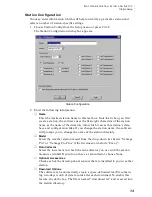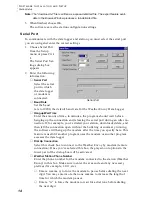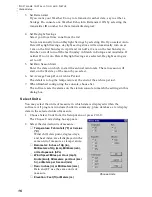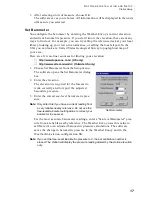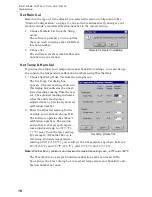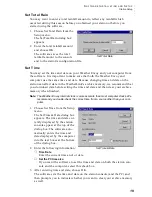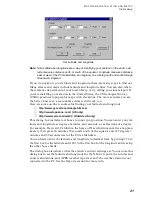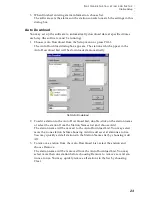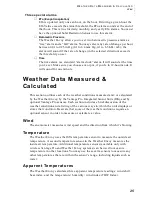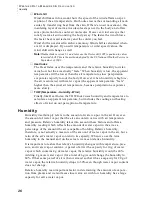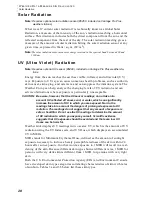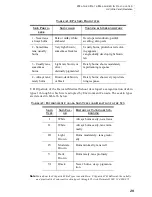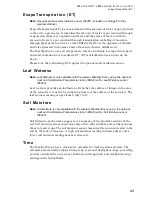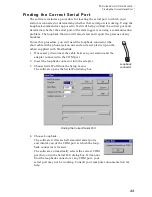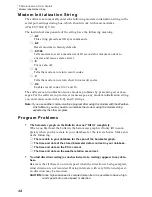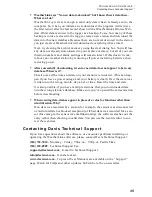
W
E A T H E R
D
A T A
M
E A S U R E D
& C
A L C U L A T E D
Dew-Point
27
D e w - P o i n t
Dew-point is the temperature to which air must be cooled for saturation (100%
relative humidity) to occur, providing there is no change in water content. The
dew-point is an important measurement used to predict the formation of dew,
frost, and fog. If dew-point and temperature are close together in the late
afternoon when the air begins to turn colder, fog is likely during the night. Dew-
point is also a good indicator of the air’s actual water vapor content, unlike
relative humidity, which takes the air’s temperature into account. High dew-point
indicates high vapor content; low dew-point indicates low vapor content. In
addition a high dew-point indicates a better chance of rain and severe
thunderstorms. You can even use dew-point to predict the minimum overnight
temperature. Provided no new fronts are expected overnight and the afternoon
Relative Humidity
≥
50%, the afternoon’s dew-point gives you an idea of what
minimum temperature to expect overnight, since the air is not likely to get colder
than the dew-point anytime during the night.
R a i n f a l l
Four separate registers track rainfall totals: “rain storm”, “daily rain”, “monthly
rain”, and “yearly rain”. The Weather Envoy also calculates the rate of rainfall by
measuring the interval of time between each .01 in or 0.254 mm rainfall increment.
The rain collector physically measures increments of 0.01 in. If you display in mm,
the console converts from inches to mm. If you display millimeters, you may
occasionally see the counter skip a reading due to rounding.
B a r o m e t r i c P r e s s u re
The weight of the air that makes up our atmosphere exerts a pressure on the
surface of the earth. This pressure is known as atmospheric pressure. Generally,
the more air above an area, the higher the atmospheric pressure, this, in turn,
means that atmospheric pressure changes with altitude. For example,
atmospheric pressure is greater at sea-level than on a mountaintop. To
compensate for this difference and facilitate comparison between locations with
different altitudes, atmospheric pressure is generally adjusted to the equivalent
sea-level pressure. This adjusted pressure is known as barometric pressure. In
reality, the Weather Envoy measures atmospheric pressure. When you enter your
location’s altitude in Setup Mode, the Weather Envoy stores the necessary offset
value to consistently translate atmospheric pressure into barometric pressure.
Barometric pressure also changes with local weather conditions, making baromet-
ric pressure an extremely important and useful weather forecasting tool. High
pressure zones are generally associated with fair weather while low pressure
zones are generally associated with poor weather. For forecasting purposes, how-
ever, the absolute barometric pressure value is generally less important than the
change in barometric pressure. In general, rising pressure indicates improving
weather conditions while falling pressure indicates deteriorating weather condi-
tions.

